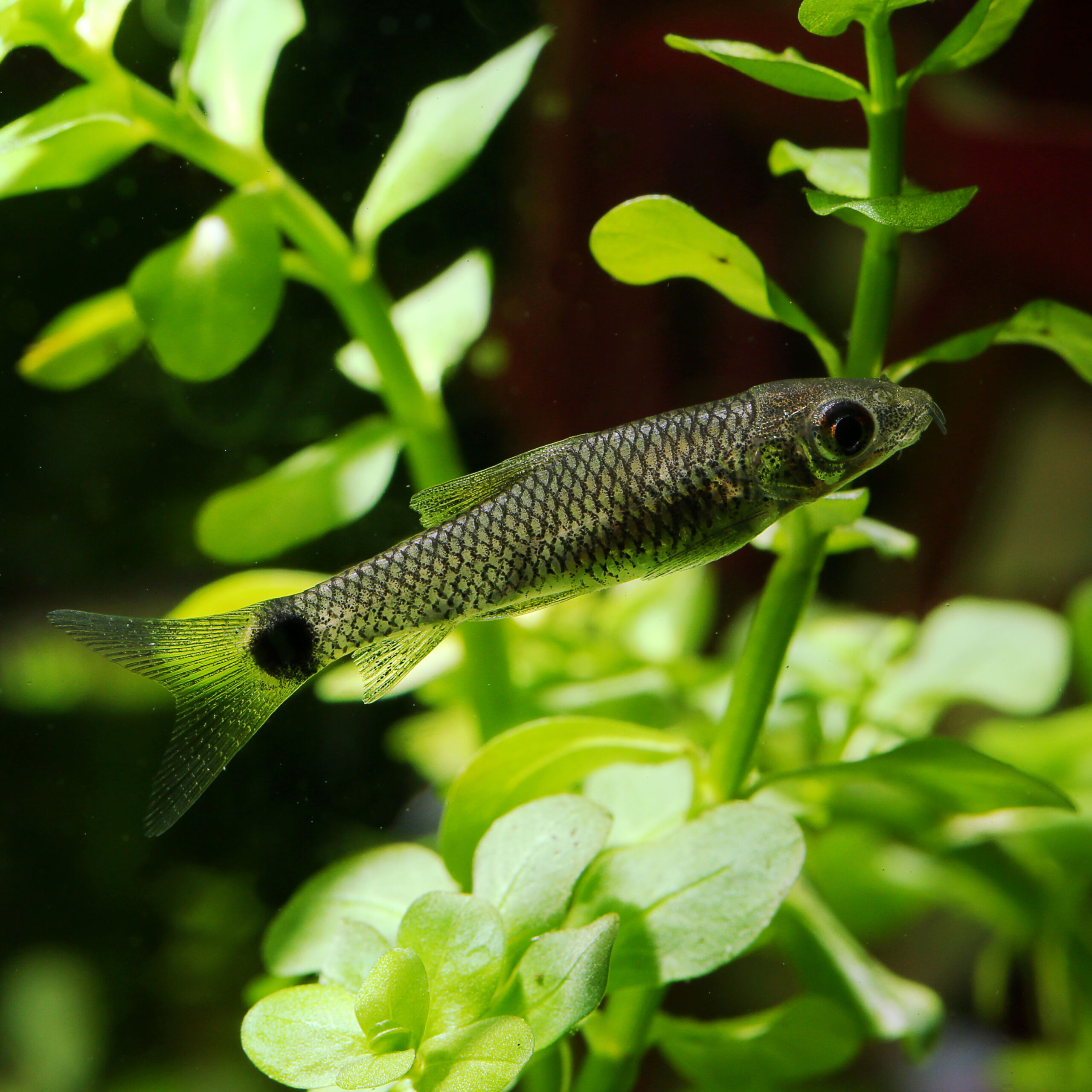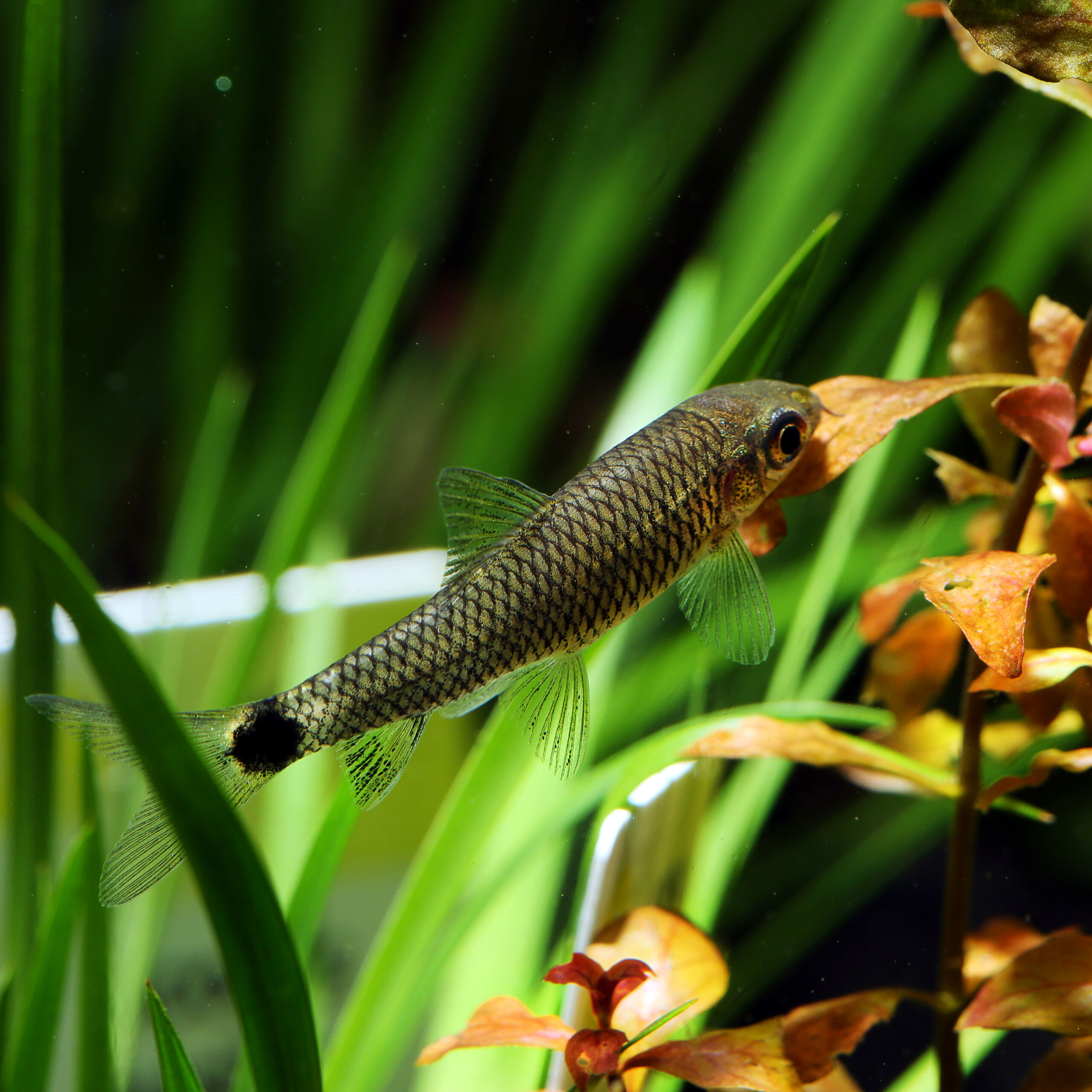Silver Flying Fox
Crossocheilus reticulatus
The Silver Flying Fox is a lively and large-sized aquarium fish, that not only loves to eat soft algae, but also brush algae.
- enthusiastic algae eater
- also eats brush algae
- grows up to 17cm long
1 in stock
 Delivery in a few working days
Delivery in a few working days
 Free shipping from €60 across Austria
Free shipping from €60 across Austria





Important data
Product description & details
The Silver Flying Fox is a freshwater fish up to 17cm long from the carp family and originally comes from Southeast Asia. There they mainly inhabit oxygen-rich and cool flowing waters. It owes its second trade name to the black, net-like pattern that adorns the entire body and stands out beautifully from the silvery-brown base color: Reticulated Siamese Algae Eater. This fish is known to love eating algae, especially brush algae.
Care in the aquarium
When it comes to care, the Silver Flying Fox is not overly demanding and is considered robust. Cool, soft to medium hard and slightly acidic water is ideal for this fish. Temperatures that are too warm are not tolerated very well, which is why sufficient cooling should be ensured in summer if this is necessary. Due to its size and liveliness, Crossocheilus reticulatus is only suitable for aquariums with a volume of at least 450 liters (or from 150cm edge length). This type of fish should be kept in a group of around 6 animals. Young animals in particular are very sociable, but older animals should definitely be provided with enough space and shelter, as they form territories and can become a little rougher towards their peers. A sufficiently large group ensures that any intraspecific aggression is well distributed. However, this fish behaves peacefully towards other fish species. Since the Silver Flying Fox is a very lively fish, it should not be kept with species that are overly calm or rest-loving.
Feeding
The Silver Flying Fox is a fish that feeds primarily on plants (herbivore) or biofilm (limnivore). Especially when young, it is an enthusiastic algae eater and also eats the hard brush algae that most algae-eating animals stop at. It should be noted that the interest in algae decreases with age. If there is not enough algae or alternative green food available, aquarium plants are sometimes nibbled on. It is optimal to supplement with commercially available food for herbivorous fish as well as fresh green food in moderation, such as cucumbers. Protein-rich food should only be given rarely.
Sexual characteristics and breeding
Distinguishing the sexes is relatively difficult in Crossocheilus reticulatus. However, when fully grown, the females are slightly larger and fuller than the males. So far we don’t know anything about successful breeding in the aquarium.






